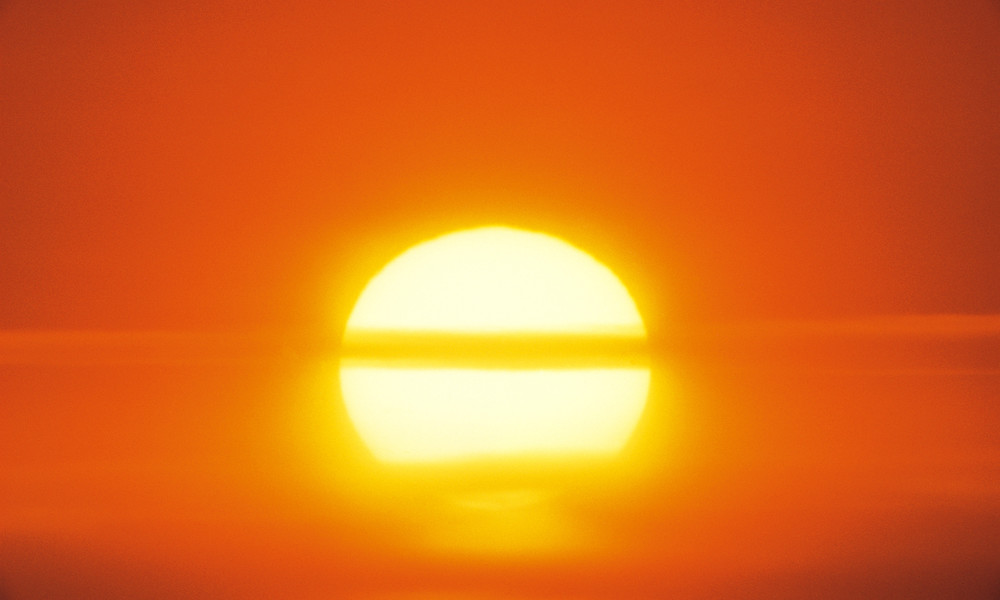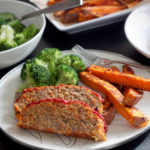Summertime is a great opportunity for people to enjoy outdoor activities. The warm weather and bright sun can bring joy, but high temperatures require caution. According to the Centers for Disease Control and Prevention, there are more than 600 deaths annually related to heat illness. Heat illness conditions can range from swelling in the arms and feet to life-threatening problems including heat exhaustion and heat stroke.
Body temperature is determined by a combination of the internal metabolic function and the outside environment. Exercise causes a dramatic increase in heat production. The body attempts to cool itself through sweating and the process of evaporation, thus dispersing the heat. Remarkably, an exercising adult can lose 1 to 2 liters of sweat per hour.
Certain factors place a person at increased risk for suffering from heat-related issues. These factors include being overweight and having a low level of fitness. Certain medications, viral illness and dehydration also increase a person’s risk of succumbing to heat illness.
Signs of heat illness
Heat illness can take on many appearances, and being able to recognize the symptoms can save a person’s life. Swelling and cramping in the arms and legs can be uncomfortable and can usually be treated with increased hydration and ceasing exercise.
The more serious conditions are heat exhaustion and heat stroke.
Heat exhaustion. A person with heat exhaustion is usually sweating profusely and may have pale skin tone. Often a person suffering from heat exhaustion will report headache, dizziness and weakness. Seeking shade and aggressively replacing fluids with water and carbohydrate beverages (sport drinks) aids in recovery, which can be seen in roughly 2-3 hours.
Heat stroke. The most serious heat-related condition is heat stroke. This is a true medical emergency requiring rapid treatment. Seek medical attention if symptoms get worse or last longer than an hour. The person suffering from heat stroke may or may not be sweating, have flushed skin and mental confusion. This condition can affect young, healthy athletes who are exercising in hot conditions or older adults who are chronically ill and sedentary. Regardless, the mainstay of treatment is rapid cooling. The preferred method is cold-water immersion. Once the body temperature is lowered, hospital evaluation is necessary.
Preventing heat illness
The best way to avoid falling victim to heat illness is to prevent it.
- Stay properly hydrated when the weather is hot. For athletes, recommendations include drinking 15 to 20 ounces of water two to three hours prior to exercise, with an additional 8 to 10 ounces of water 10 to 15 minutes prior to working out.
- If playing for more than 90 minutes, drink water or sports drinks frequently during and after play. Ideally, rehydrate within two hours.
- Avoid exerting yourself outside during the hottest part of the day, and seek shade while outside.
- On extremely hot days, check on elderly neighbors or chronically ill family members who are homebound. It might save a life.



